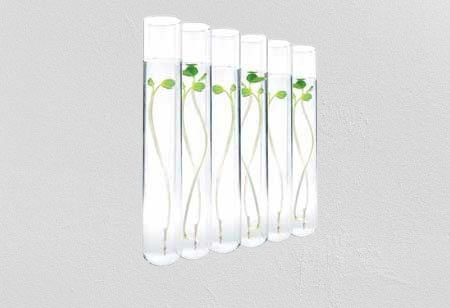1. Green and Sustainable Chemistry: The push for environmentally friendly and sustainable practices in the chemical industry continues to drive innovation. This includes the development of eco-friendly processes, bio-based materials, and the reduction of hazardous waste in chemical manufacturing. Carbon footprint reduction is the current driver. To allow the final consumer to reduce their own carbon footprint is the main trend in the construction industry.
2. Nanotechnology: Nanomaterials and nanotechnology have the potential to revolutionize specialty chemistry. Applications range from advanced drug delivery systems to highperformance materials with unique properties. The construction industry is aware of this potential new material and exploring the technology to improve durability.
To allow the final consumer to reduce their own carbon footprint is the main trend in the construction industry
3. 3D Printing and Advanced Materials: 3D printing is enabling the creation of customized specialty chemicals and materials. This technology has the potential to transform the way we manufacture and use chemical products. Concrete 3D printing will revolutionize the way we build?
4. Smart Materials: The development of smart materials, such as self-healing polymers, shape-memory alloys, and responsive coatings, is on the rise. These materials can find applications in various industries, including aerospace and healthcare. Self-healing concrete products are already out there, helping to mitigate the deterioration and ultimately improving the durability and lifespan of concrete structures.
5. Advanced Analytics and Data Science: Innovations in data analytics and machine learning are facilitating more efficient chemical processes, from design of experiment to formula and process optimization. There is a visible trend, from the largest chemical companies, to approach AI for data analysis and product performance prediction. The use of advanced molecular modeling and simulation techniques is helping chemists better understand molecular behavior, leading to the design of new, more effective specialty chemicals.

